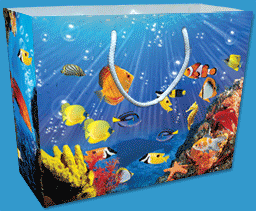How 3-D Printing has Become a Revolution

Today, a fast-emerging technology is 3D printing technology. Nowadays, all over the world, 3D Printing is widely used. In the field of agriculture, the locomotive industry in healthcare, automotive industry, and aviation industries 3D printing technology is increasingly used for the mass customization, production of any type of open-source designs. Directly from a computer-aided design (CAD) model 3D printing technology can print an object layer by layer deposition of material. On the types of, materials used for 3D printing technology, application of 3D printing technology, and lastly in manufacturing industry 3D printing technologies this paper presents an overview. The print is no different and in lenticular technology and 3D printing in general there are some interesting developments, especially as Point of Sale that in the coming years will probably grow in popularity. In this article, we will provide you an overview of lenticular product printing technologies and applicati
